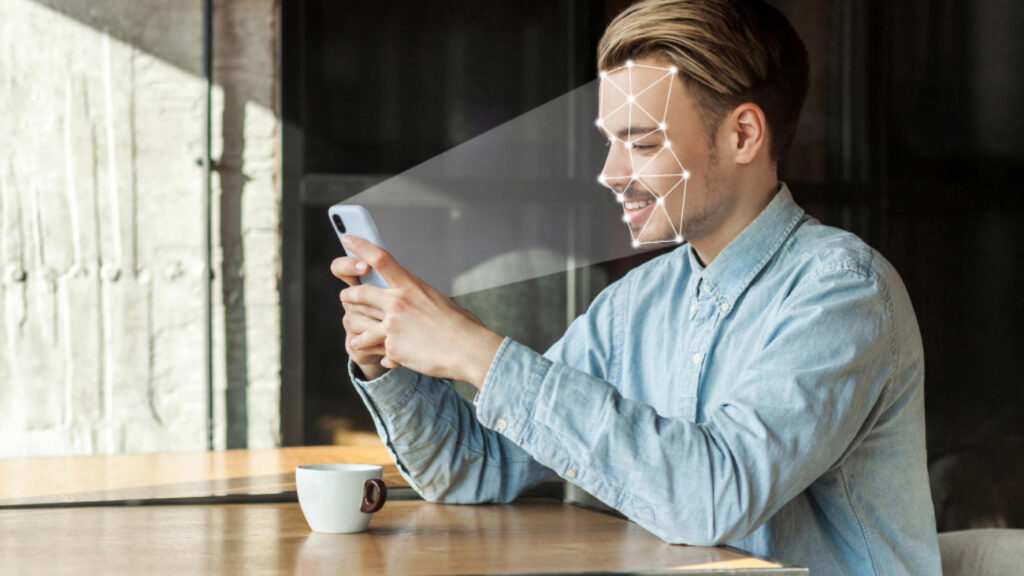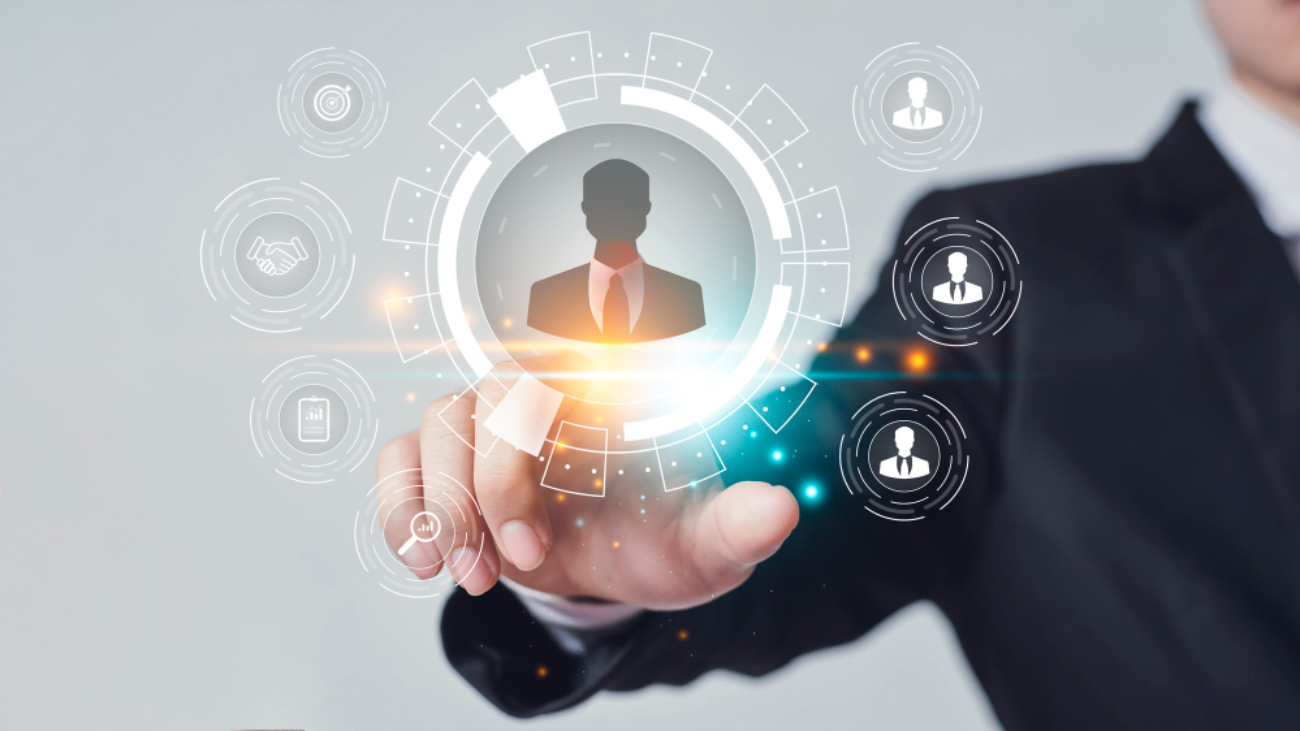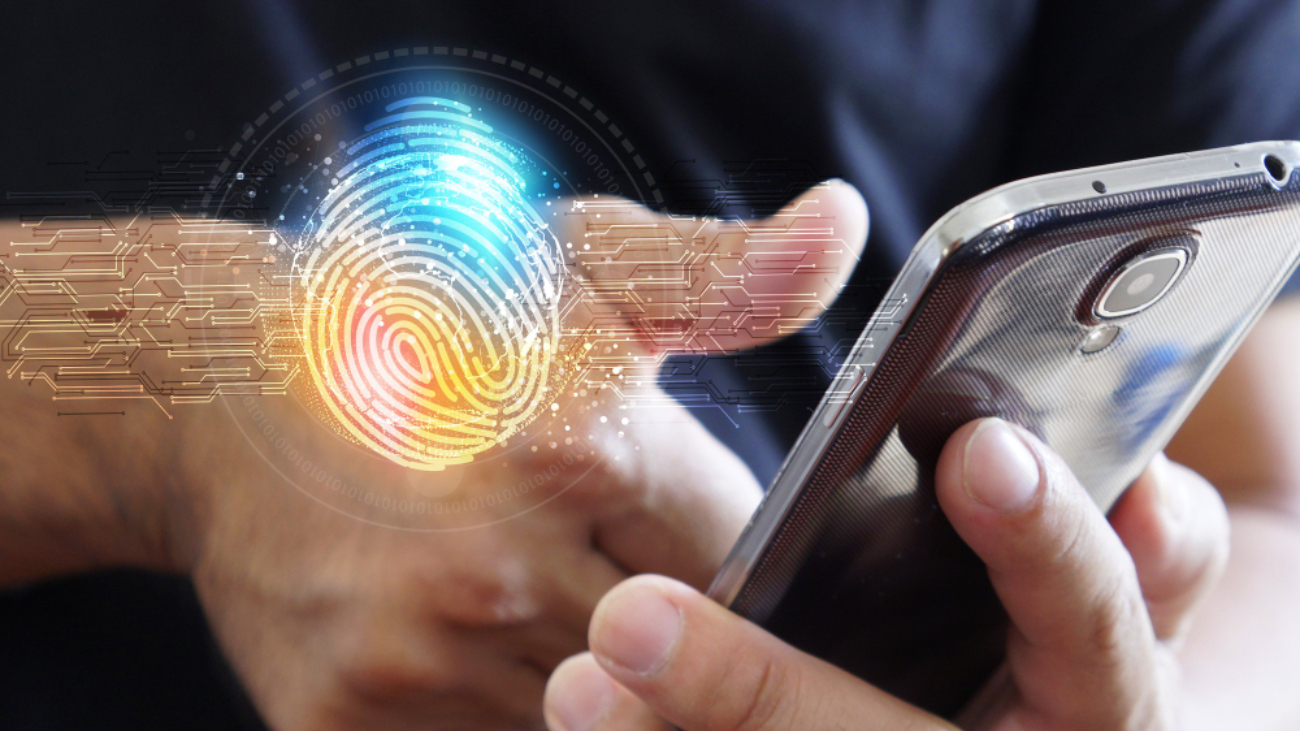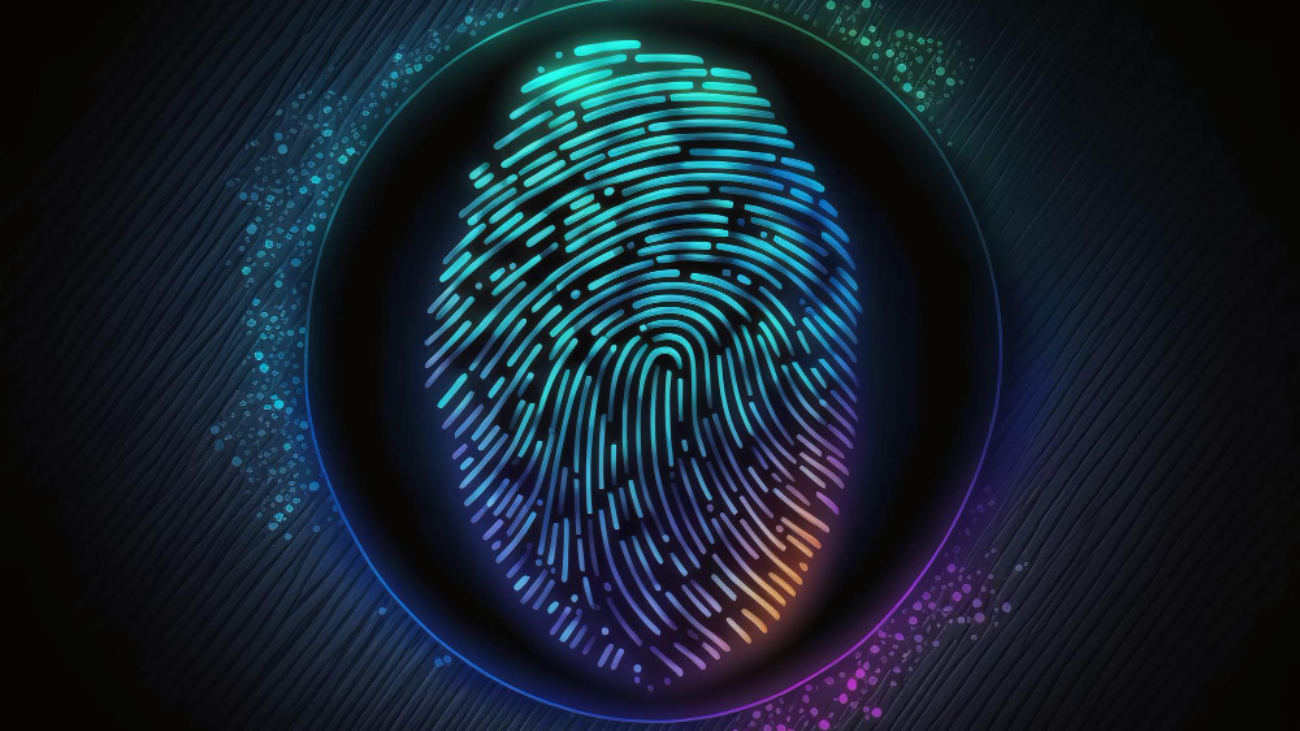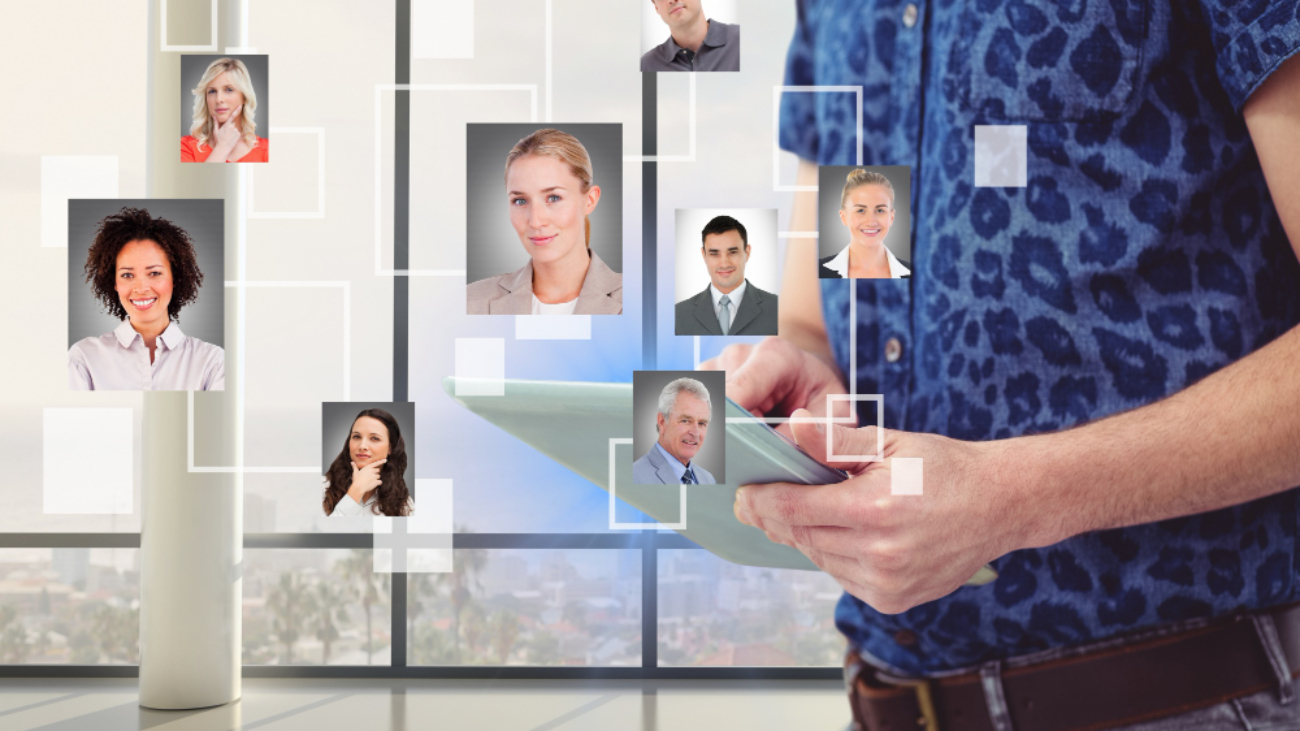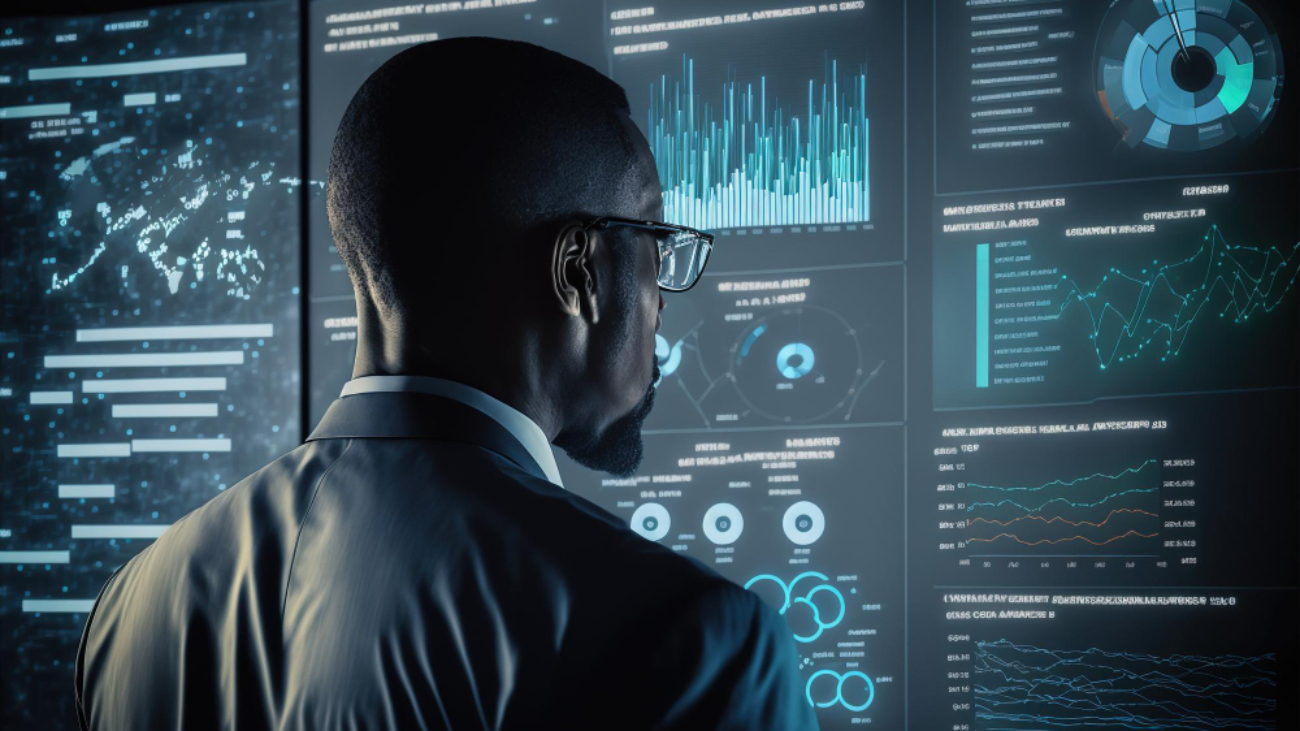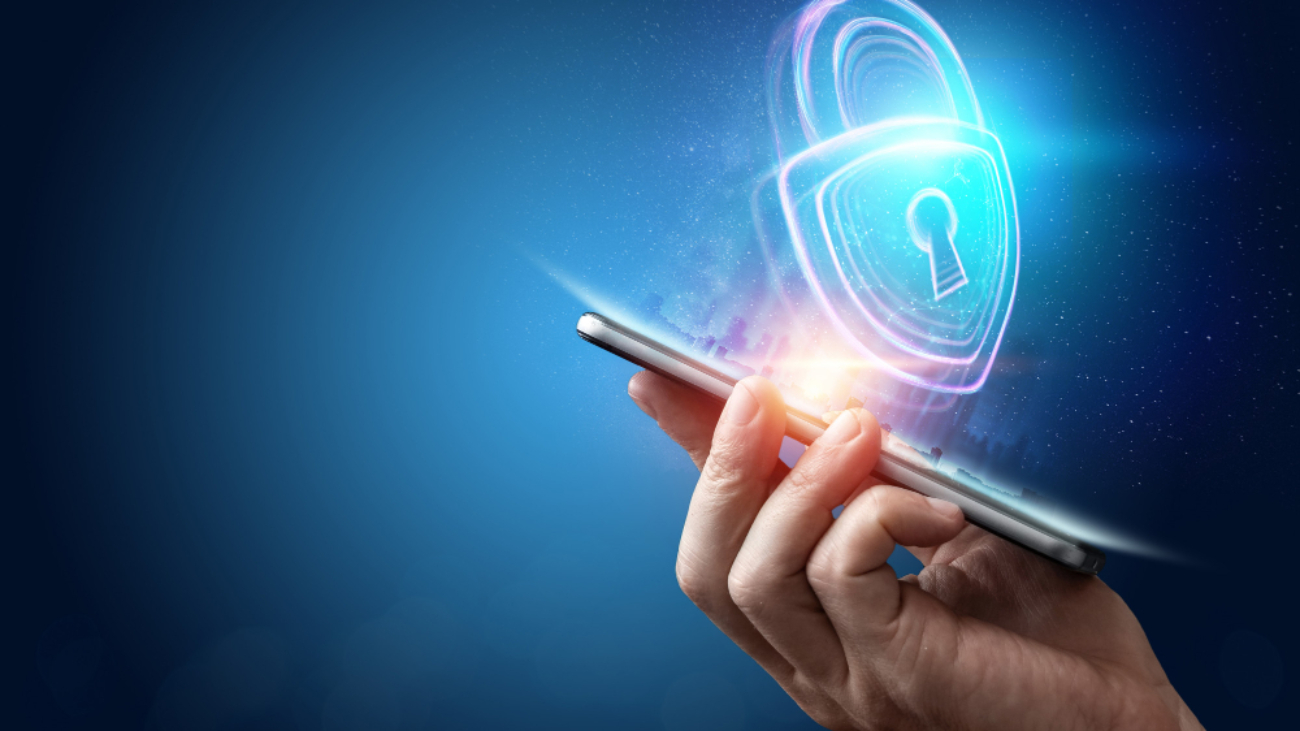Bahaa Abdul Hadi is an Identity Management expert and regularly shares his experiences with his audience through his blogs.
In a very precise way, facial recognition, facial verification, facial identification, and facial detection are techniques based out of Artificial Intelligence (AI). It is mainly used to authorize and authenticate a user from entering a system. Once recognized users, who are part of the system are allowed to be in. It ensures safe access and prevents the system from being intruded.
What are the types of facial recognition?
It involves feature analysis, eigen faces, neural network, and automatic face processing.
Facial recognition is used at airports and borders to check and compare the portrait on a digitized biometric passport with the person’s face.
What are the steps in facial recognition process?
It takes place in three identical steps:
- Detecting and finding the face image
- Analyzing the image of the face.
- Recognizing the image
What are the differences: Face recognition vs. Face authorization
Face authorization or face verification requires the same person to be in front of the camera, who is authorized to see it. On the other hand, Face recognition software can recognize many people at a time. For example: Multiple people can be there in traffic, and the GPS enabled camera on the traffic light will detect multiple faces and vehicles simultaneously. It has the power to capture pictures and send screenshots to the traffic control department for scrutiny.
In order to verify a claim, there is a need to check and figure out how to verify an identity and repeat the process for other people as well. Such software program has many processors, so that even if the recording is on whole day, it does not slow down.
Face recognition does not need to check that the claimed identity is the same as the actual identity. So, if anyone else stands in front of the camera, the system must allow access. But hey, wait. It has inbuilt retina sensors that verify the identity against picture of face.
Face detection and verification systems helps organizations gain a competitive edge, thus simplifying the safety procedures. Both these are active areas of research in computer vision and pattern recognition. It implements biometrics for access control, entertainment, and law enforcement. It is closely related to automated systems. These systems detect specific facial features like eyes, mouth, forehead, nose, hair and uniquely identifies and verifies a person’s identity.
While face verification takes place on unsupervised personal devices, office login systems, or at kiosks; face recognition is a one to many processes that takes place in public areas (traffic cameras).
Thank you for your interest in Bahaa Abdul Hadi blogs. For more information, please visit www.bahaaabdulhadi.com.
